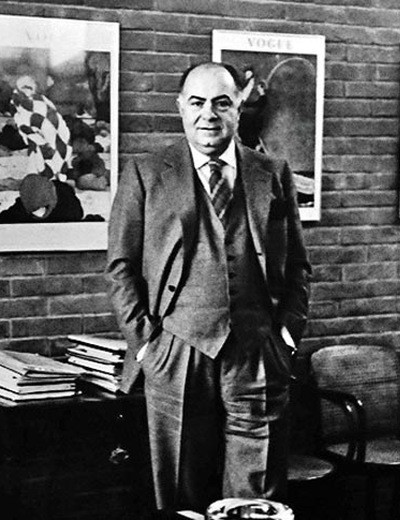
Achille Maramotti
About
Achille Maramotti was born Jan. 7, 1927, in Reggio Emilia. He was 12 when his father, a professor of literature, died. Much of his initiative seemed to spring from the family's matriarchs. His mother, Giulia, operated a local tailoring and pattern-making school that encouraged financial independence among young women. His great-grandmother, Marina Rinaldi, ran a dress shop in the 1850's, and it was after her that he named one of the first fashion labels for full-figured women, in 1980.
After studying in Rome, Mr. Maramotti received a law degree from Parma University. While working on behalf of a Swiss client that manufactured raincoats, he decided to go into the garment business for himself. According to the family, the name Max Mara was a blend of Maramotti and that of a local bon vivant called Count Max, who apparently drank away his fortune in bars across Europe but at least looked good while doing it.
From the outset, Mr. Maramotti was resourceful. To have his clothes seen by women, he persuaded local fabric shops to give him selling space and promote the new label in their windows. To give Max Mara's classic look a sense of chic, he hired designers like Karl Lagerfeld and Jean-Charles de Castelbajac to work for him anonymously.
Although Max Mara was based on the ideal of real clothes, Mr. Maramotti used the world's top fashion photographers, including Sarah Moon and Richard Avedon, to give the company's advertisements a visionary look. Responding to the youthful demands of the 1960's, he added a younger-looking line under the Sportmax label. Today the company has more than 20 different labels, about 1,700 shops around the world and sales of $1 billion.
Mr. Maramotti retired in 1989 from the fashion side of the family's businesses, but continued his activities in banking and in collecting.
Besides his wife and his son Luigi, Mr. Maramotti is survived by a brother, Guilio; a son, Ignazio; a daughter, Maria Ludovica; and nine grandchildren, all living in Reggio Emilia.
He died in Albinea, Italy 12 January 2005. Maramotti's two sons and daughter, Luigi, Ignazio and Ludovica, followed him into the business; Luigi is chairman of the company. After his death, according to Maramotti's will, a large and important collection of contemporary art from Europe and America was made open to the public.